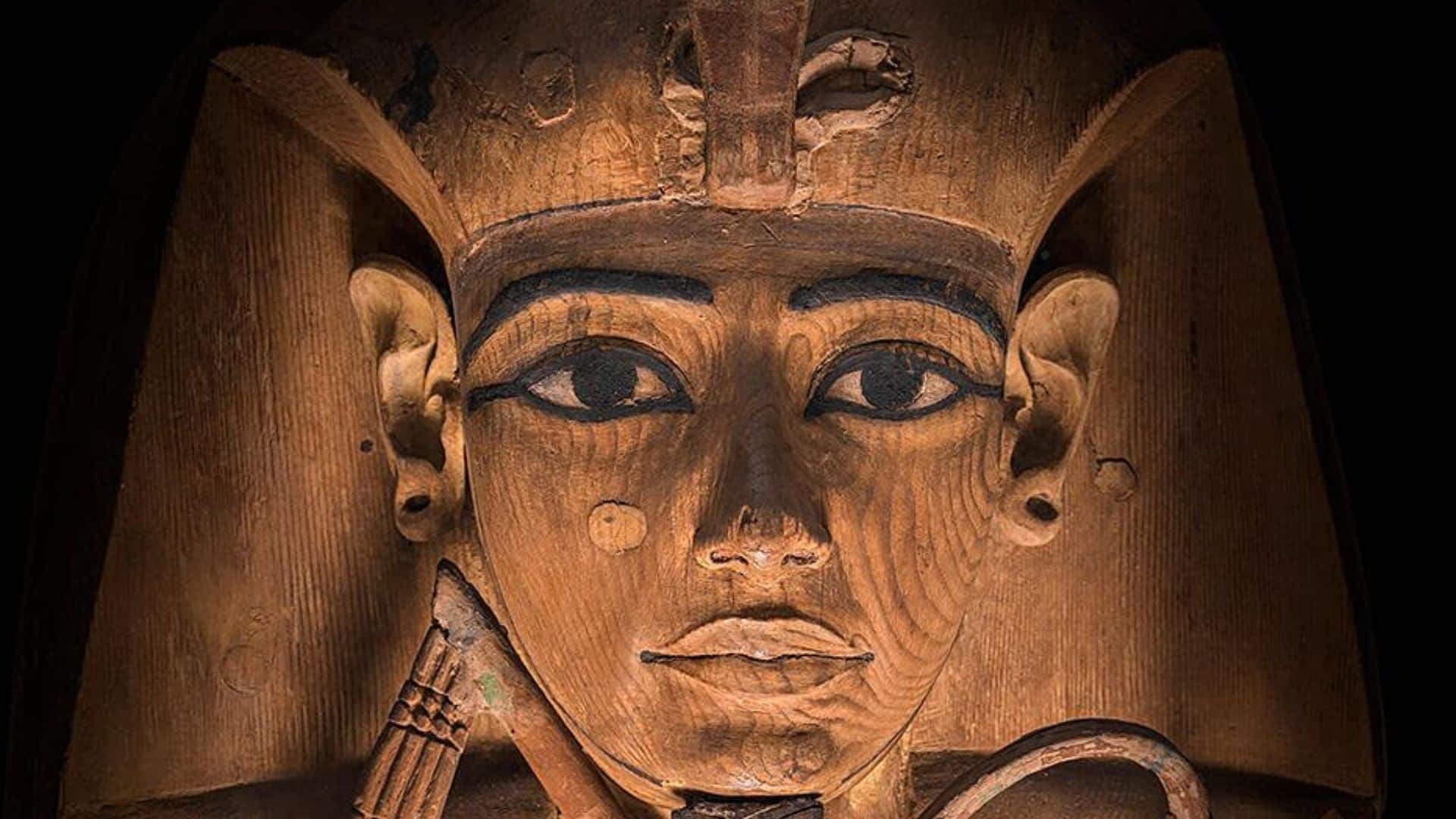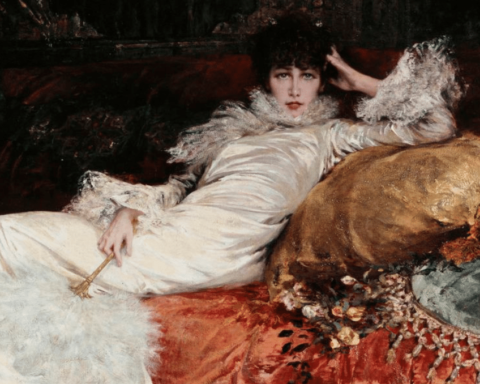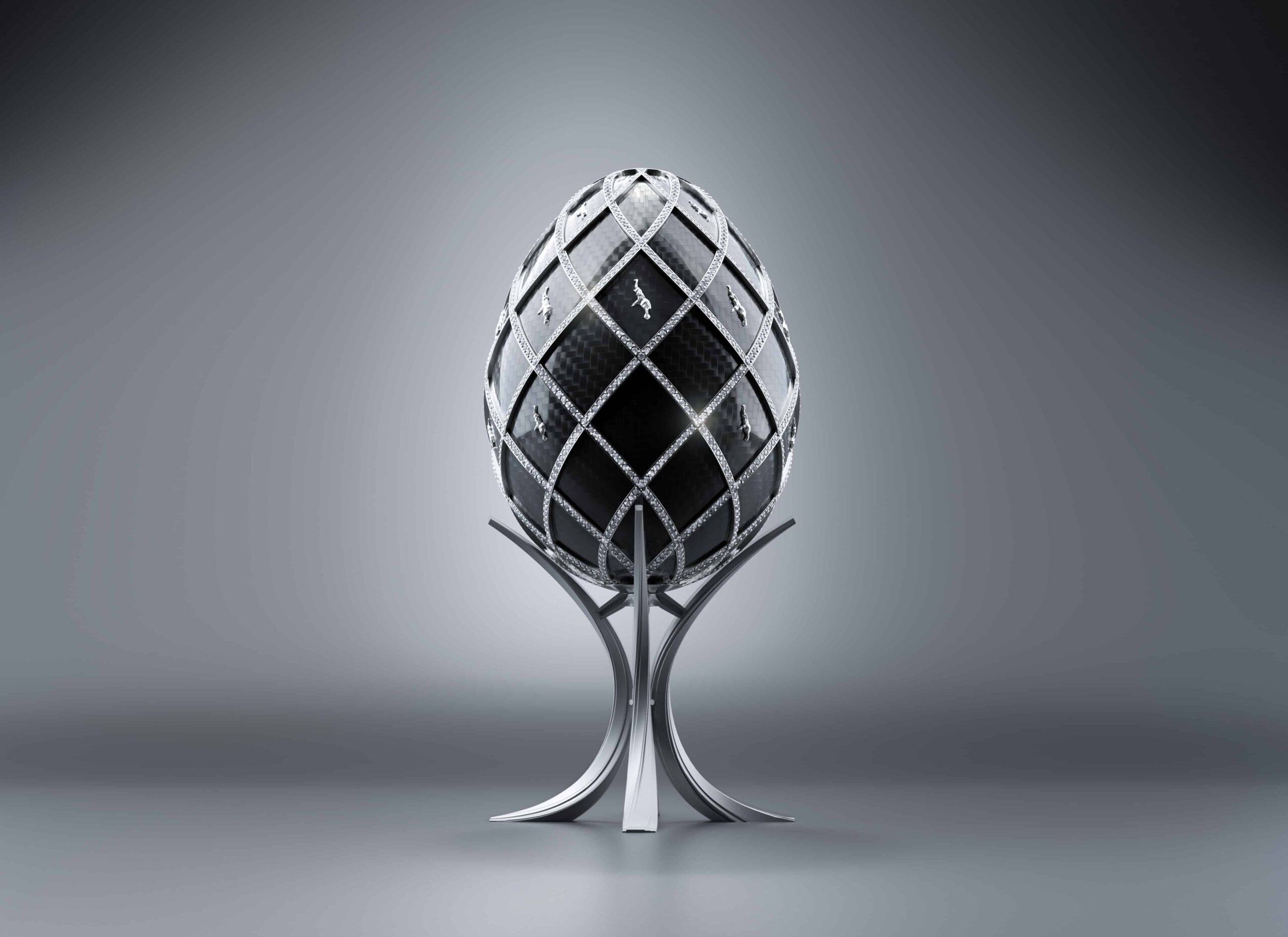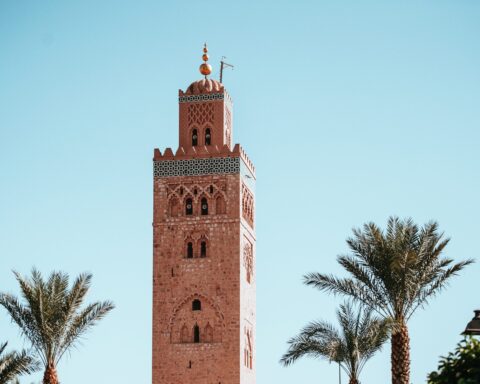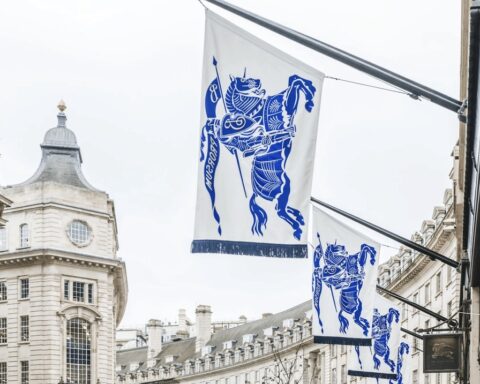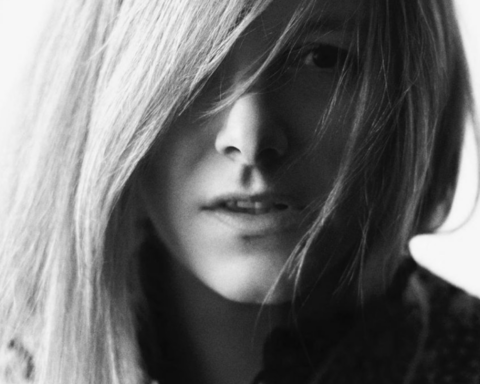As part of the exhibition “L’Or des Pharaons,” which opens Friday at the Grande Halle de la Villette, France welcomes for the second time an exceptional treasure: the painted wooden coffin, over 2900 years old, of one of the greatest pharaohs of antiquity. A sign of recognition from Egypt following the rescue of the famous mummy in the 1970s.
A pharaonic journey from Cairo
After having welcomed in 2019 certain elements of the treasure of the tomb of Tutankhamun, the Grande Halle de la Villette is getting ready to welcome nearly 180 exceptional objects and artifacts, this time linked to another pharaoh of the New Kingdom: Ramses II. Among them is a priceless piece from Cairo that landed discreetly 10 days ago on the tarmac of Le Bourget airport.
Like a funeral procession according to the rites formerly in force and with respect usually due to a head of state, a mysterious cargo entered Paris under police escort. Opened with infinite precautions by the directors and curators of The Gold of the Pharaohs exhibition, this large box soon revealed its precious contents: the sarcophagus of Ramses II. This vehicle and protective element in his journey to the afterlife is, without a doubt, the centerpiece of this exhibition set up by the World Heritage Exhibitions company.
It is a cedar wood sarcophagus found in the Valley of the Kings in 1881. This one rested there in the company of other royal mummies sheltered from looters by the priests of Ancient Egypt in the cache known as “Deir el Bahari.”
Usually exhibited in the National Museum of the City of Cairo, this anthropomorphic royal coffin represents the pharaoh Ramses II under the features of Osiris, the god of the dead giving life again. The king appears with his arms crossed, holding in each of his hands the heqa stick and the nekhakha whip. He is also wearing a nemes adorned with the erect cobra and sports a false beard under his chin.
Originally, the work was to be covered with gilding and inlays of gems or glass. However, the surface has most likely been scraped and repainted in yellow, with a series of brightly colored details and eyes highlighted in black representing the khol used in makeup at the time. Several inscriptions appear on it, especially on the belly of the subject (“Rameses loved by Amun”).
Click here to read the full article on Luxus Plus Magazine.
Featured photo : © World Heritage Exhibitions, Laboratoriosso / Sandro Vanninia

